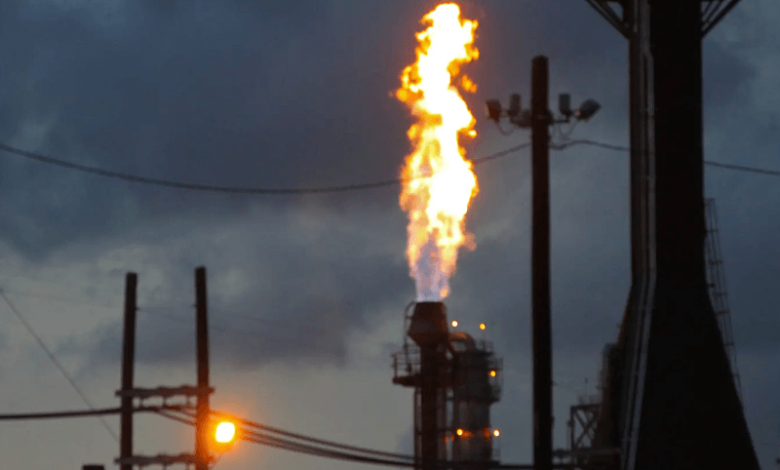Methane emissions play a big role in climate change. But things can change

There is a very simple description for methane: imagine a colourless and odourless gas that is the main component of natural gas and plays a critical role in trapping huge amounts of heat in the atmosphere. This potent greenhouse gas is a major reason for climate change.
Scientific studies estimate that over a 20-year timescale, methane traps around 84 times as much heat as carbon dioxide (CO2) – possibly the most notorious greenhouse gas of all. Human activities significantly contribute to the rising GHG emissions in the atmosphere.
Methane responsible for about a third of global heating since Industrial Revolution
One of the most important factors to use to separate methane from carbon dioxide is the amount of time they stick around. On average, methane perishes after about 12 years but CO2 continues to elevate average global temperatures over centuries.
This means carbon emissions are the main contributor to the raging climate crisis, that has been exacerbating the state of global heating on the planet and triggering natural disasters such as floods and hurricanes of much higher intensities.
Despite its short lifetime, methane has been responsible for about a third of global heating since the Industrial Revolution. The 2015 Paris agreement seeks to limit heating to 1.5 degrees Celsius above pre-industrial levels to keep serious consequences of climate change at bay.
Steps to reduce methane emissions are fairly simple though
Methane does sometimes come from non-human sources. But 60% of the potent greenhouse gas that makes it into the atmosphere comes from human activities. That can be from agriculture but also from decomposing refuge in landfills and the energy sector.
The solutions are simple. Oil and gas companies can easily reduce their methane emissions by a staggering 75% if they identified and fixed leaks, according to the International Energy Agency. Essentially, it is majorly related to plumbing and updating faulty equipment.



